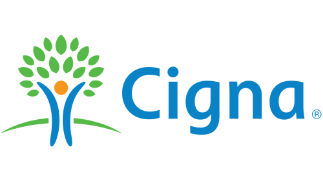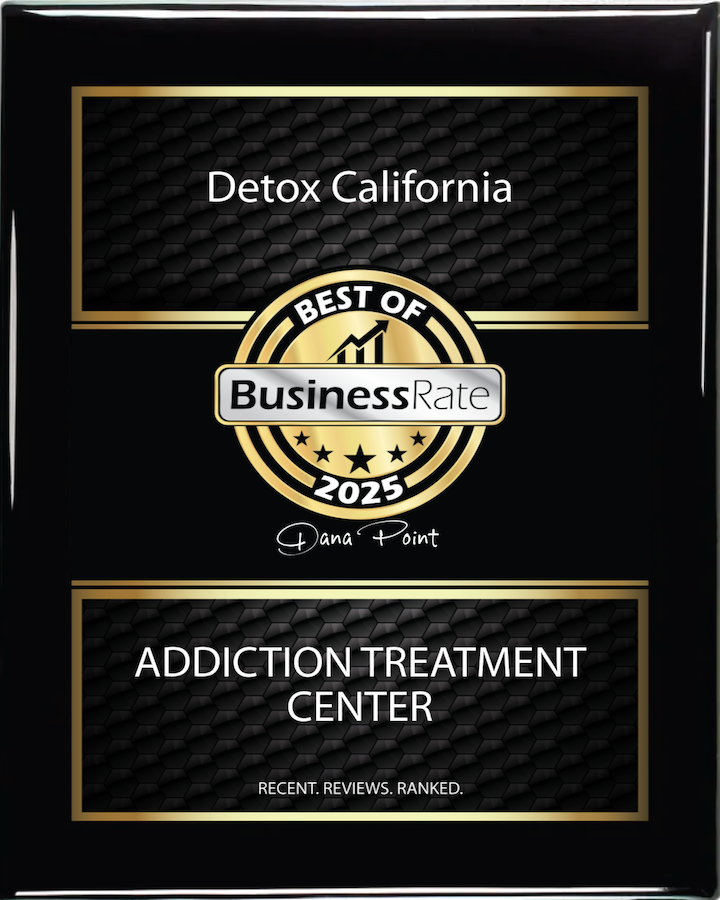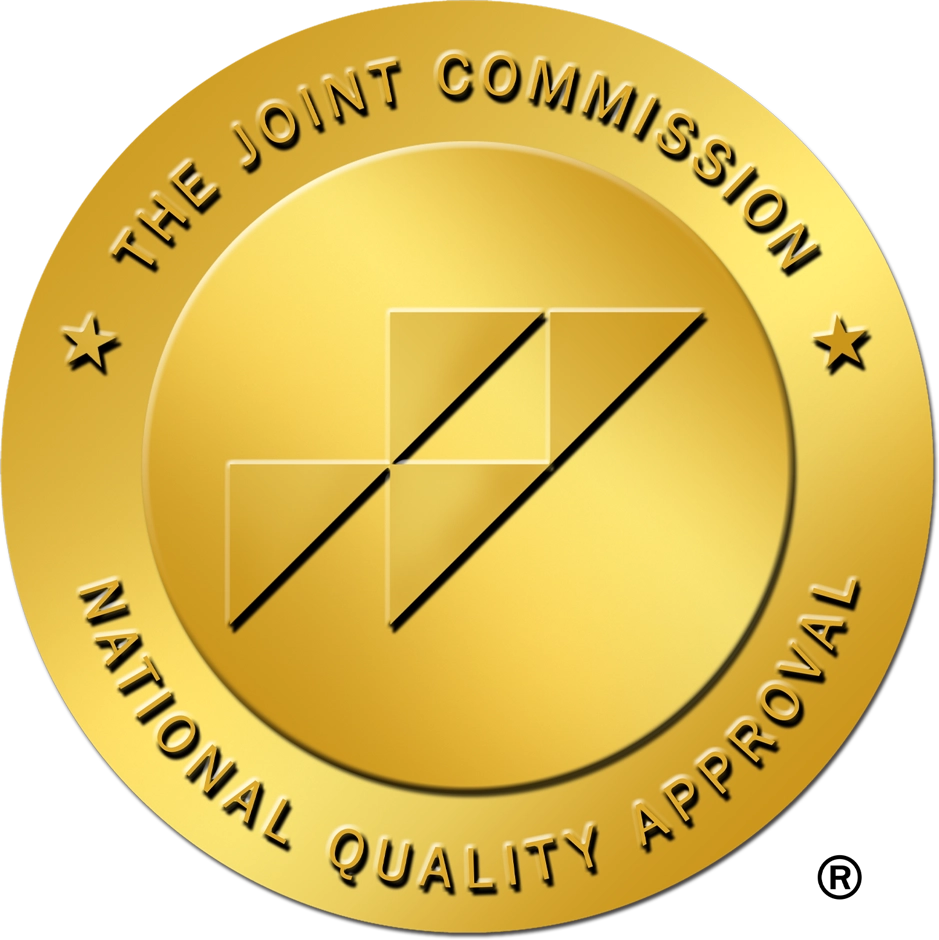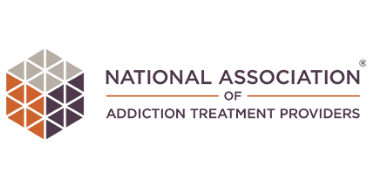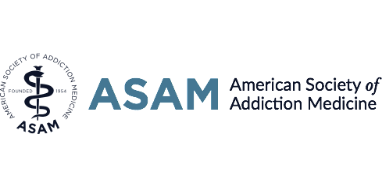In recent years, fentanyl has dominated headlines and devastated communities across the United States. Once primarily reserved for managing severe pain in medical settings, this synthetic opioid is now driving an unprecedented wave of overdose deaths. According to the Centers for Disease Control and Prevention (CDC), drug overdoses involving fentanyl are responsible for the majority of fatal opioid overdoses—surpassing deaths from prescription opioids like oxycodone, OxyContin, and methadone.
But with its dangerous potency and lethal reputation, why has fentanyl become so widely used in the illegal drug market? How did a hospital-grade medication for chronic pain become one of the most feared and frequently abused illicit drugs? The answer lies in a combination of factors—economic, logistical, and behavioral—that have made illicit fentanyl a preferred choice for drug dealers, traffickers, and, often unknowingly, users.
Understanding What Fentanyl Is
Fentanyl is a synthetic opioid that is up to 50 times stronger than heroin and 100 times more potent than morphine. In its legal form, fentanyl is used to treat severe pain, typically after surgery or during advanced stages of cancer. It comes in various forms, including fentanyl patches, lozenges, and injectables, and is regulated under strict guidelines by the DEA and health care providers.
However, outside of medical use, illicitly manufactured fentanyl (often referred to as IMF) has infiltrated the drug supply. Unlike pharmaceutical-grade fentanyl, IMF is made in clandestine labs, often overseas, and smuggled into the U.S. where it’s mixed with or disguised as other substances. This form is not just more dangerous—it’s unpredictable.
Just a lethal dose—as little as 2 milligrams, about the size of a few grains of salt—can cause a fatal fentanyl overdose. The amount of fentanyl in counterfeit or mixed drugs is rarely consistent, making even small doses potentially deadly.
Why Is Fentanyl So Popular in the Drug Market?
Despite its risks, fentanyl has become one of the most trafficked and widely distributed drugs in America. The reasons are largely economic and practical. Fentanyl is cheaper to produce than heroin, easier to smuggle due to its potency, and more profitable for dealers.
- Small amounts, big impact: A little fentanyl goes a long way. Because of its strength, small shipments can produce thousands of doses, making it ideal for drug trafficking.
- Cutting agent: Fentanyl is frequently used to “cut” other drugs like heroin, methamphetamine, and cocaine, increasing potency at a lower cost.
- Counterfeit pills: Drug dealers press IMF into pills made to look like prescription pills such as oxycodone, Percocet, or even Xanax. These counterfeit pills are often indistinguishable from the real thing.
- High profit margin: A kilogram of IMF can cost a few thousand dollars to produce but can generate millions in street value once it’s distributed.
- Addiction-driving potency: Because it delivers an intense, short-lived high, fentanyl increases cravings and accelerates the cycle of substance abuse.
As a result, many users are unaware they are consuming illicit fentanyl, especially when taking what they believe to be legitimate prescription opioids. This deception fuels unintentional overdoses and exacerbates the opioid epidemic.
The Role of Fentanyl in the Opioid Crisis
The CDC reports that opioid overdoses have quadrupled in the past two decades, with fentanyl now leading the charge. The opioid crisis—once dominated by misuse of prescription opioids—has shifted dramatically as IMF floods the drug market. Today, the majority of overdose deaths involve fentanyl, not heroin or oxycodone.
According to the National Institute on Drug Abuse (NIDA) and CDC, fentanyl’s impact on public health is staggering:
- In 2022, synthetic opioids (primarily fentanyl) were involved in over 70% of all opioid overdose deaths in the U.S.
- Deaths involving counterfeit pills containing fentanyl have increased exponentially, particularly among adolescents and young adults.
- Many overdose deaths now involve fentanyl mixed with xylazine, a veterinary tranquilizer that is not an opioid and does not respond to standard naloxone treatment.
These patterns have overwhelmed hospitals, health care systems, and mental health providers, prompting a growing demand for harm reduction, addiction treatment, and public education.
How Fentanyl Is Consumed
Cocaine, heroin, and methamphetamine have traditionally been used through familiar routes—snorting, smoking, injecting, or ingesting. Fentanyl, in its illicit form, is often consumed similarly:
- Smoked: Often mixed with heroin or meth, then smoked.
- Snorted: Ground into powder and inhaled.
- Ingested: Consumed orally in pill form, often without users realizing it contains fentanyl.
- Injected: Mixed with water and injected directly into the bloodstream.
Because fentanyl is often undetectable in smell, taste, or appearance, users may take it without ever intending to. This dramatically raises the risk of fentanyl overdose, especially when the drug is consumed unknowingly.
What Does a Fentanyl Overdose Look Like?
A fentanyl overdose occurs quickly and can escalate within minutes. The drug depresses the central nervous system, slowing breathing and heart function. Common signs include:
- Trouble breathing or complete respiratory arrest
- Bluish lips or fingertips
- Gurgling sounds or inability to speak
- Unresponsiveness or unconsciousness
- Pinpoint pupils
Because of fentanyl’s extreme potency, it often requires more than one dose of naloxone (commonly administered as a nasal spray or Narcan injection) to reverse the effects. In the case of an overdose, emergency health care providers and first responders recommend administering naloxone immediately and calling 911.
Prevention and Harm Reduction
As the fentanyl crisis continues to grow, public health agencies like the CDC, SAMHSA, and local departments of health emphasize harm reduction strategies to prevent more deaths.
Some of these measures include:
- Fentanyl test strips: These inexpensive tools allow users to check if a substance contains fentanyl before using.
- Education: Understanding the dangers of counterfeit pills, illicit drugs, and the amount of fentanyl that constitutes a lethal dose is crucial for communities.
- Widespread access to naloxone: Making life-saving medications like Narcan available in schools, homes, and public venues.
- Public health campaigns: Resources such as gov fact sheets and DEA alerts help increase awareness of evolving drug threats.
- Safe use supplies: Providing sterile equipment and overdose response training for at-risk populations.
While these methods won’t eliminate substance use disorder, they can dramatically reduce fatalities and open doors to treatment options.
Treatment Options for Fentanyl Addiction
Overcoming fentanyl addiction requires more than just willpower—it demands a comprehensive, compassionate, and medically supported approach. Because of the drug’s potency and the severity of withdrawal symptoms, professional addiction treatment is often necessary.
Key components of fentanyl use disorder treatment include:
- Detox: Medically supervised withdrawal management to handle physical symptoms safely.
- Inpatient or outpatient rehab programs depending on the severity of the addiction.
- Behavioral therapy: Including Cognitive Behavioral Therapy (CBT) to address patterns of thought and behavior that contribute to drug use.
- Medication-assisted treatment (MAT): Use of FDA-approved medications to reduce cravings and manage symptoms.
- Mental health support for co-occurring disorders like depression or trauma.
- Support groups and peer mentoring for ongoing encouragement and accountability.
While the path to recovery isn’t easy, it is absolutely possible—especially when backed by evidence-based care and strong community support.
Getting Help at Detox California
At Detox California, we understand the urgency and complexity of fentanyl addiction. With the rise of illicit fentanyl in everything from prescription pills to methamphetamine, seeking help as soon as possible can save a life. Our team provides medically supervised detox, personalized recovery planning, and mental health support to guide individuals through withdrawal and into lasting healing.
If you or a loved one is struggling with fentanyl use, don’t wait for a crisis to happen. Contact Detox California today to explore your treatment options and start building a life free from the grip of this deadly drug.



